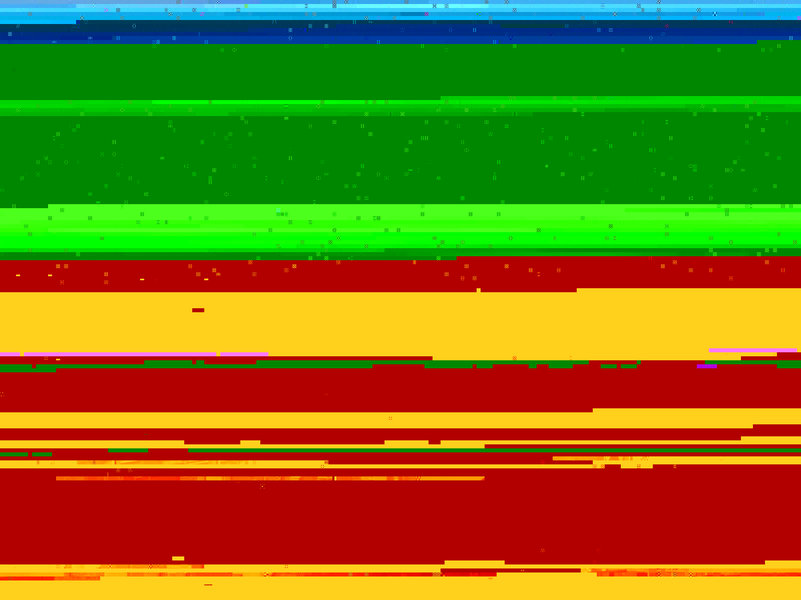DP Review:
"
Adobe's new 2010 process delivers excellent detail and relatively low noise at the expense of a noticeable 'grittiness' which we don't find objectionable, but can of course be reduced using the 'luminance' noise slider in Lightroom 3 (which by default is set to zero).
http://www.dpreview.com/reviews/adobeli ... /page7.asp
I took a look at the "grittiness" visible in the DMC-LX3 samples on the web-page above. DP Review states that "
defaults" were (for the most part) used when employing the "raw" processors. The
Lightroom 3 default
Sharpening control settings are:
Strength=25;
Radius=1.0;
Detail=25;
Masking=0.0.
Processed this DMC-LX3 full-telephoto RW2 (ISO=100, F=2.8, Ts=1/400) crop of a building at least 100 Meters from the camera (and a church-steeple probably around 200 Meters from the camera, at the far-right edge of the cropped image-frame) using
DxO Optics Pro (using available adjustments and all of the automatic optical corrections,
without using DxO "
Lens Softness" corrections:
Processed same crop using
Lightroom 3 with all
default settings [except for reducing the (output)
Brightness control from it's default value of 50 to a value of 25]. No optical lens corrections were used. Note that the level of visible image-detail (in the brick structure of the building, as well as the structure of the church-steeple) appears to be improved (relative to previous image):
Take a look at what is possible when the
DxO Optics Pro "Lens Softness" corrections (which Lightroom/ACR does not do) are enabled (with no other sharpening tools used in the processing):
My experience using
Lightroom indicates that (even with a
Sharpening Radius as low as 0.5) increasing the value of the
Sharpening Strength and
Detail controls in an attempt to provide more visible image-detail rapidly leads to an unsightly "grittiness" (which I have described as a kind of "quantized graininess"). Further, these processing artifacts exist even at lower settings of the
Sharpening controls, and are readily amplified by any subsequent USM operations that may be performed on the image (even an image down-sized by re-sampling prior to applying USM).
These findings concerning the relative abilities of DxO Optics Pro and Lightroom/ACR to resolve image "micro-details" without producing unsightly processing artifacts are consistent with those experienced when processing "raw" image-files recorded by the (also DxO-supported):
Panasonic DMC-GH1 at ISO=100:
viewtopic.php?f=24&t=4780&p=22781#p22390
Canon G11 at ISO=800:
viewtopic.php?f=24&t=4780&p=22781#p22758
It appears to me from my experience that the
Lightroom/ACR Sharpening tools are not capable of preserving critical image "micro-details" to an extent that compares with the
Lens Softness corrections of
DxO Optics Pro, and that
Lightroom/ACR produce significant levels of unsightly processing artifacts (the "grittiness" or "quantized graininess") when the user attempts to match the "acuity/clarity/sharpness" provided by
DxO Optics Pro Lens Softness corrections (which, like all of the DxO Optics Pro automatic optical corrections, are automatically applied based on the camera's actual focal length and aperture used when the camera recorded the "raw" image being processed). No fuss - no muss!
To "file your plea" with DxO that they add support for your own favorite "raw" recording camera(s)/len(s) combinations, it only takes a minute to do so at:
http://www.dxo.com/intl/photo/support/m ... ailability
I have made DMC-LX5 support requests from
all of my email addresses ...



